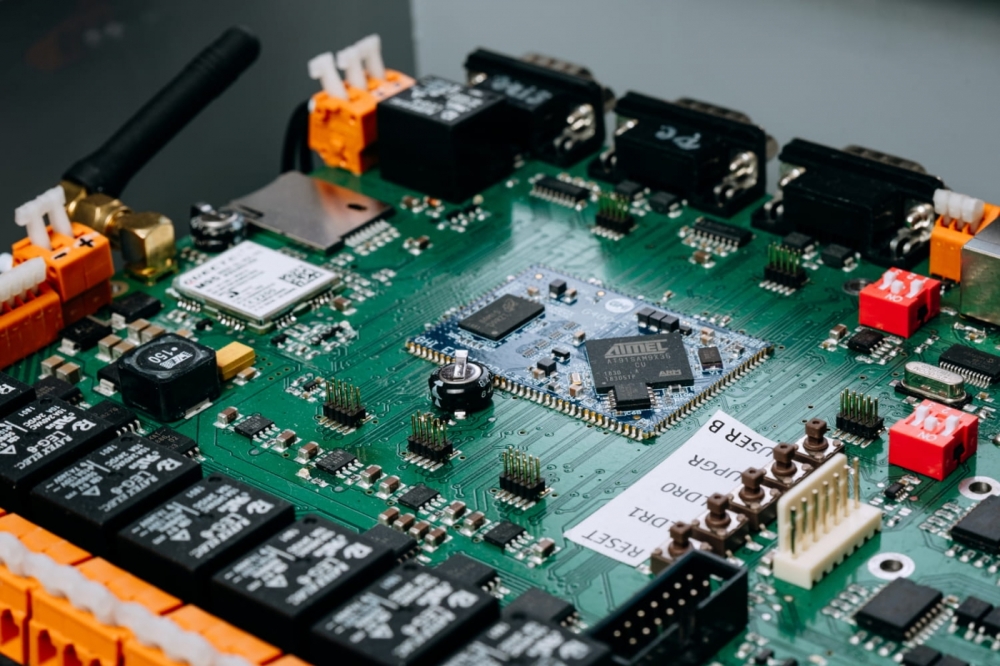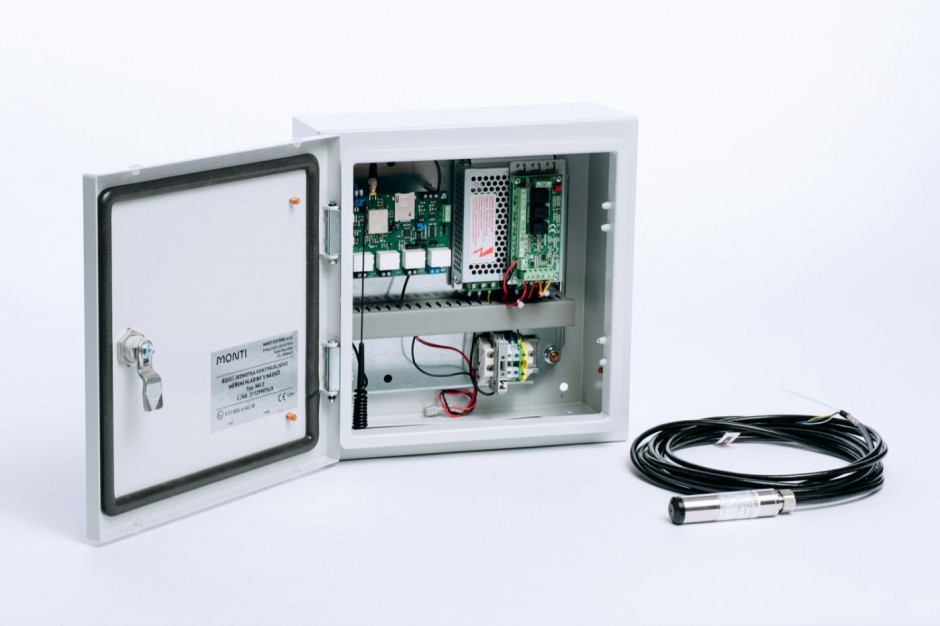MaR systems for fuel stations
from the production of MONTI SYSTEMS
Fuel stations are typically equipped with a variety of technological devices that monitor the safety of station operations and are connected to level gauges. These are known as so-called indicator systems.
Their task is to diagnose tank overfill or fuel leakage into tank interlayers or pipelines and thus prevent potential soil contamination by fuel substances.
In addition, stations are often equipped with fire prevention systems monitoring high concentrations of dangerous vapors or flashes and ignitions. Modern station operations also require other electronic systems, such as electronic security systems or barrier and car wash controls, etc.
Each such system has its electronic unit and control or display software. This forces operators or technicians to work with several applications simultaneously, which is not comfortable and disrupts clarity.
MONTI developers think about electronic system solutions for stations differently, primarily from the perspective of users of individual systems at the stations.
While the quantity of fuels in tanks and the need for deliveries concern solely logistics, safety and the technical condition of technologies at the stations concern technicians and maintenance workers.
Therefore, we develop electronics and software for fuel measurement and MaR systems separately, allowing us to delve into much greater detail in both cases.
In the case of level gauges, the software is followed by an application for delivery prediction and further extensive software for fuel delivery logistics management.
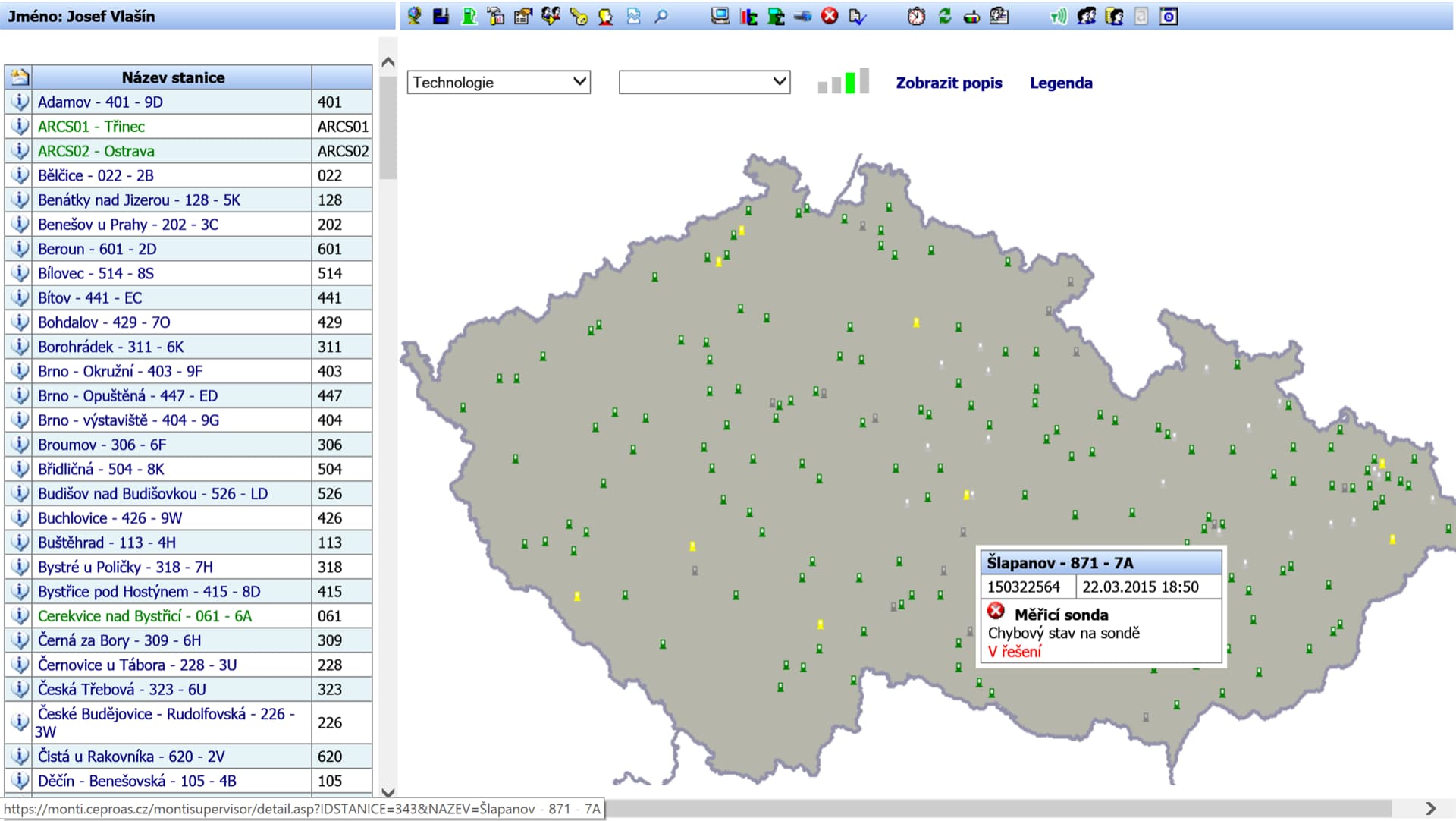
In the case of the MONTI CONTROL indication system all types of sensors for indication, as well as for electronic security systems or electronic fire alarm systems, both analog and digital, can be connected to one electronic unit. Additionally, it can be connected to control simple outputs such as warning horns or lights. The unit also includes more complex communication interfaces such as RS 232, 485, USB, and LAN, as well as wireless BT and WIFI for connecting totems, fuel dispensers, or other types of devices.
This solution allows for the use of an unified interface for monitoring and controlling the fuel station, as well as an unified software application.
The electronic unit is followed by the dispatching software SUPERVISOR for monitoring safety and reporting station faults, and further MAINTENANCE software for managing station maintenance and repairs.
This chosen solution brings an unified view, overview, and coherence of information. It also significantly reduces the speed of problem-solving and the costs of acquiring electronics and software.
Most global companies, considering the possible future decline in the use of petroleum products as fuel and their replacement with electric energy, have sidelined the development of level measurement systems.
However, our company continues to research and develop new possibilities for these systems.
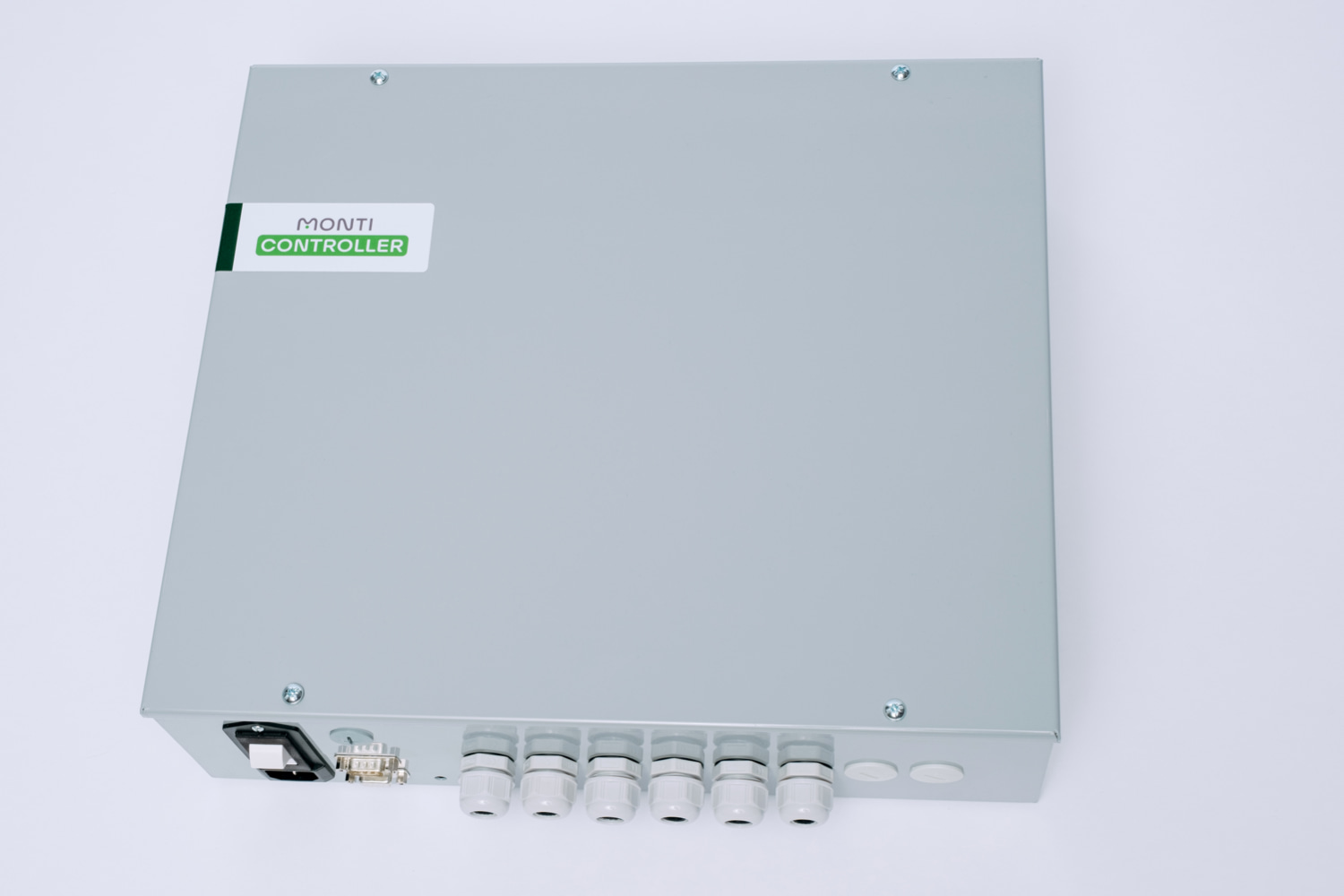
The company's management believes that the undeniable advantages of using liquid motor fuels, whether traditional or newly developed synthetic ones, will ensure the long-term viability of the current infrastructure of fuel stations and therefore it makes sense to invest in products that increase their operational efficiency.
MONTI SYSTEMS is one of the companies that have relied on the development of level measurement systems using probes with capacitive measurementprinciple. This principle is widely used, especially by manufacturers of simple sensors or probes. However, our special probe design allows us to achieve the highest level of measurement accuracy of the liquid level height, within tenths of a millimeter in a testing and calibration laser chamber, in practice better than 0.2 mm of liquid level height. Our existing probes already provide us with digital data in the basic configuration, which can be immediately used, or after adjustments, for implementing new functions of the measuring system. We have already used them, for example, for diagnosing contamination of probes and fuel.
After years of focusing primarily on the development of system applications that utilize measurement values, such as functions for detecting theft or leaks, or predicting the time for the next fuel delivery or managing fuel supply to station networks, we have returned to researching the possibility of expanding the properties provided by the principle of probes used, for implementing new functions. These could enhance the comfort and utility properties for the device user, allowing them to focus on generating higher sales and profits.
We have our own development center
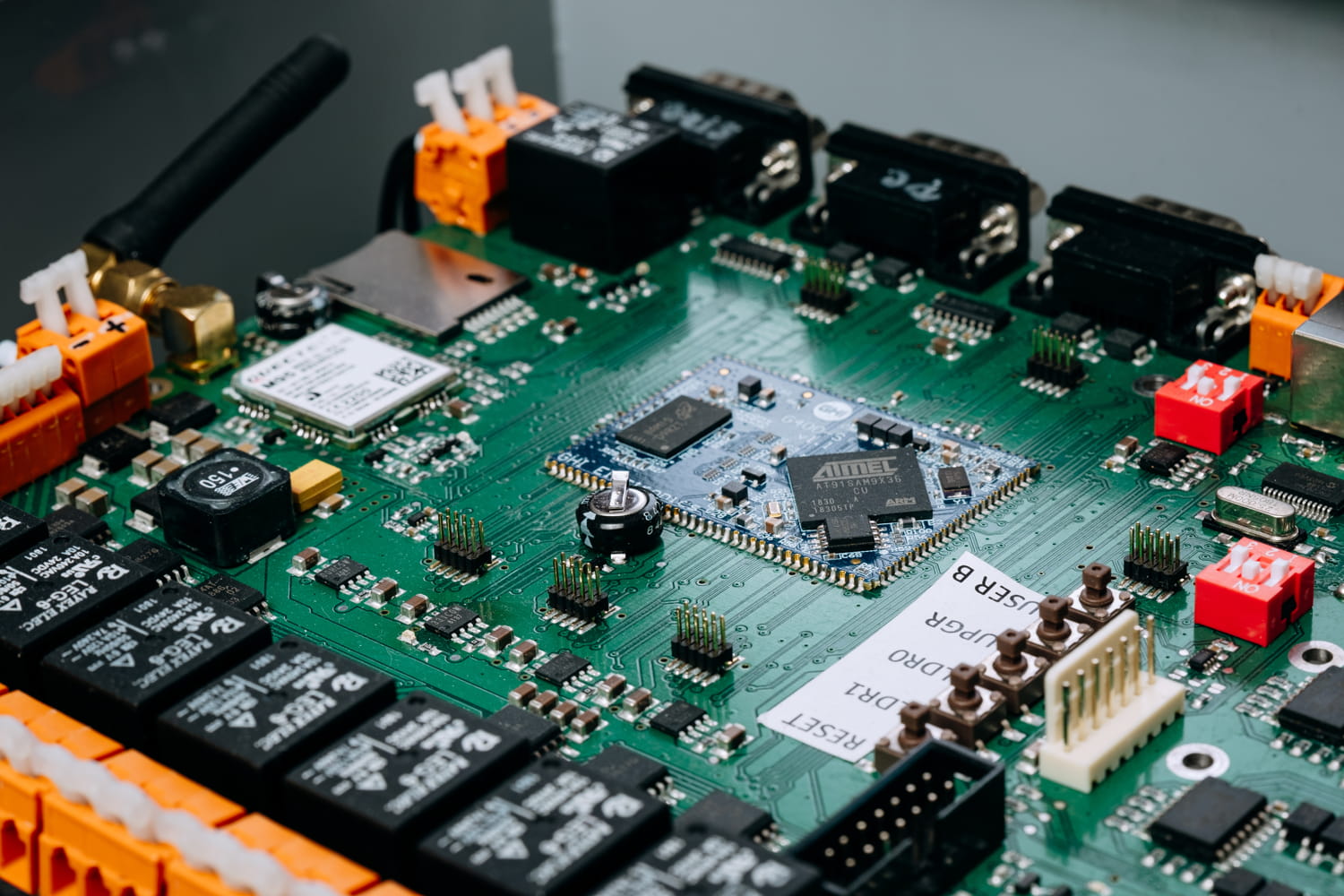
With this research, we are building on a project co-financed by the EU through the Operational Program Enterprise and Innovation, which we carried out in previous years and which allowed us to establish a research center equipped with facilities suitable for research and utilization of the properties of the operating principle of our probes, namely continuous measurement of permittivity, electrical conductivity, or temperature in the tank environment.
In our research center in Třebíč, we are currently working on modifications and enhancements of sensors in the probe design, adjustments of hardware and software of the measuring unit, aiming to implement new functions, previously unattainable with this type of probes.
These include, for example, highly accurate measurement of media density. Or other absolutely unique functions such as instant differentiation of fuel type or fuel quality in terms of additive content or bio components.
Our goal, in competition with other manufacturers of measuring systems, is not only to excel in measurement accuracy but also in the utility properties of our products.
